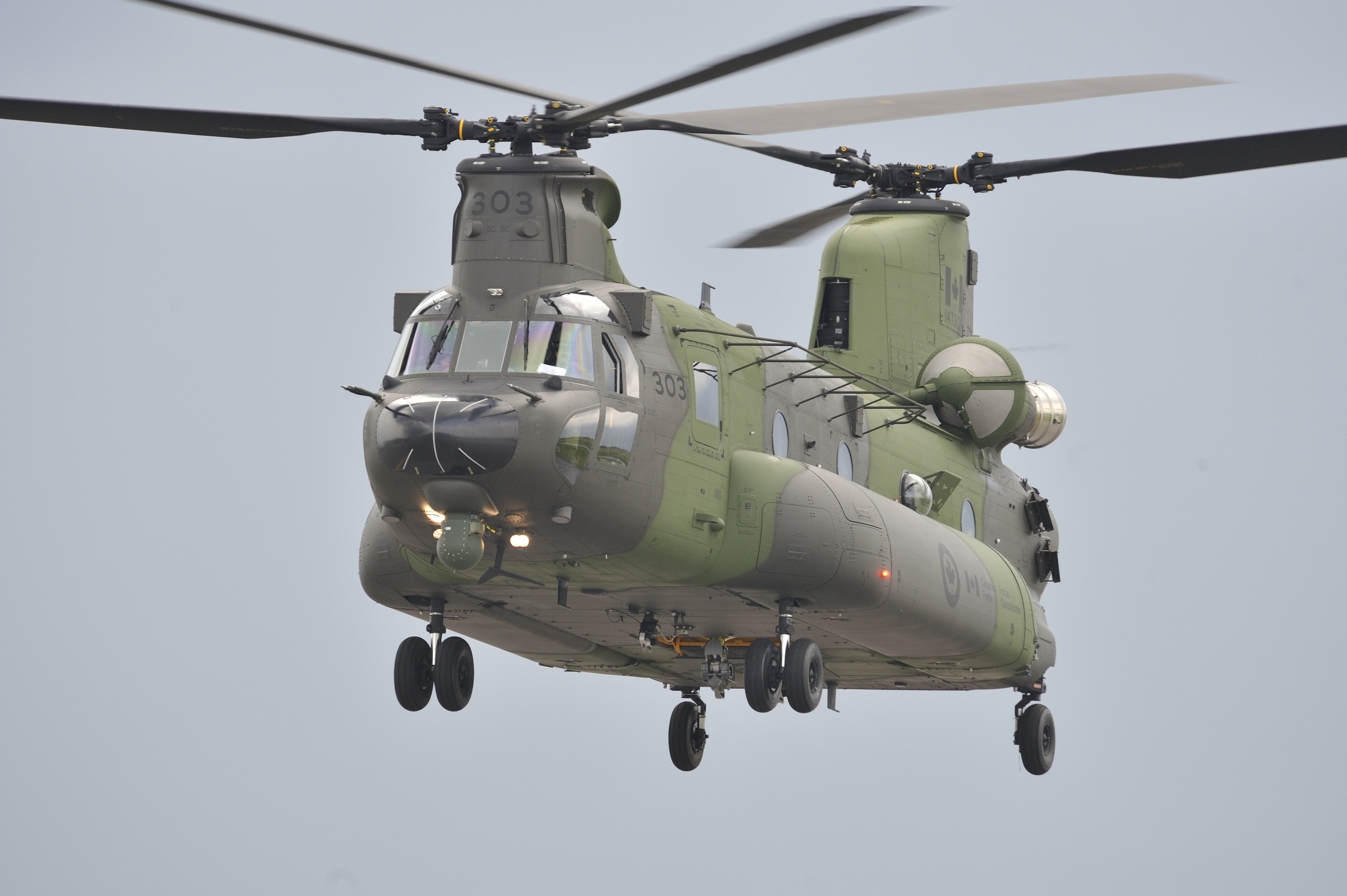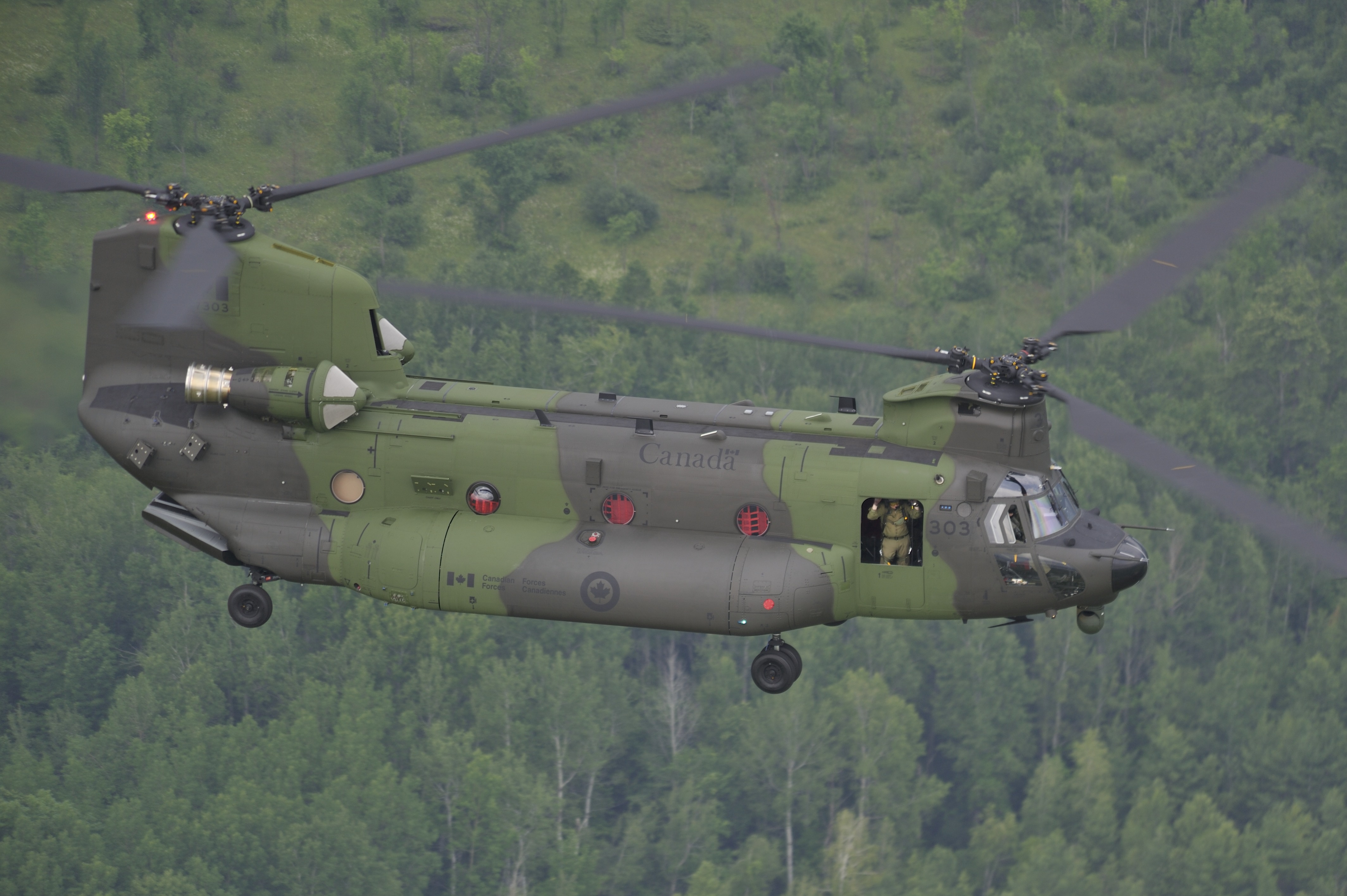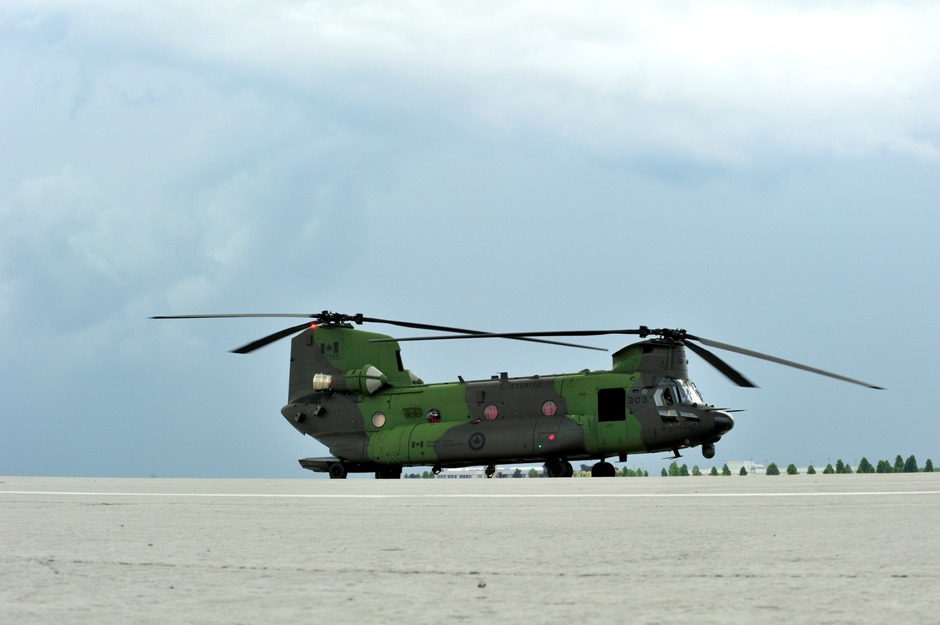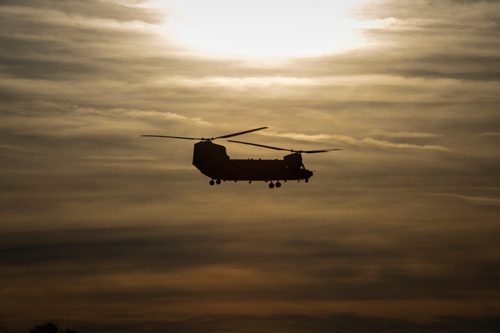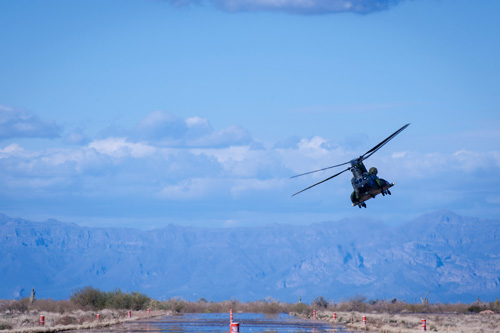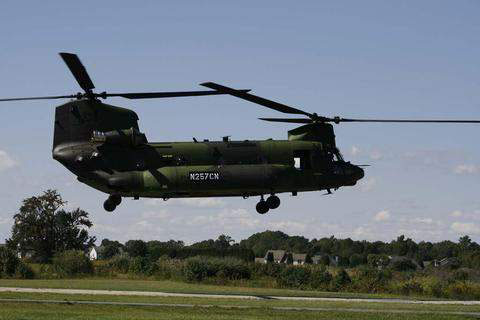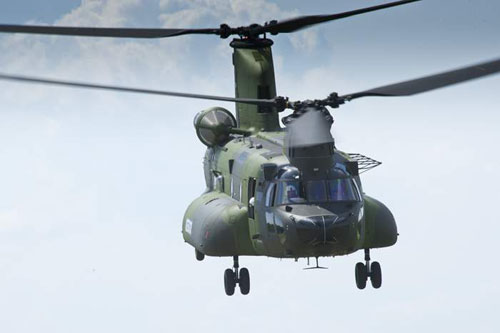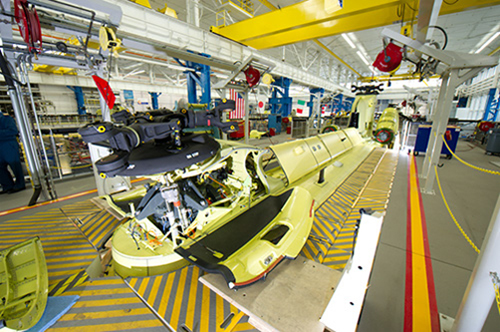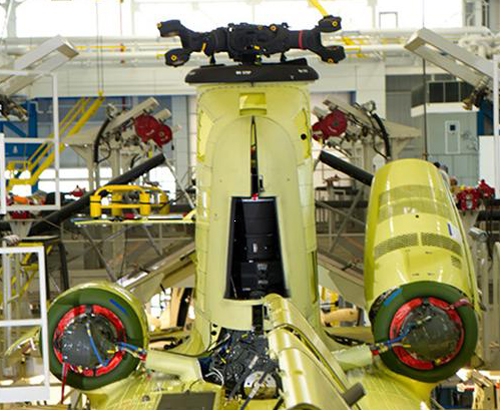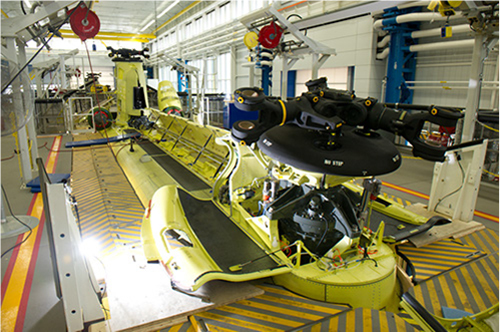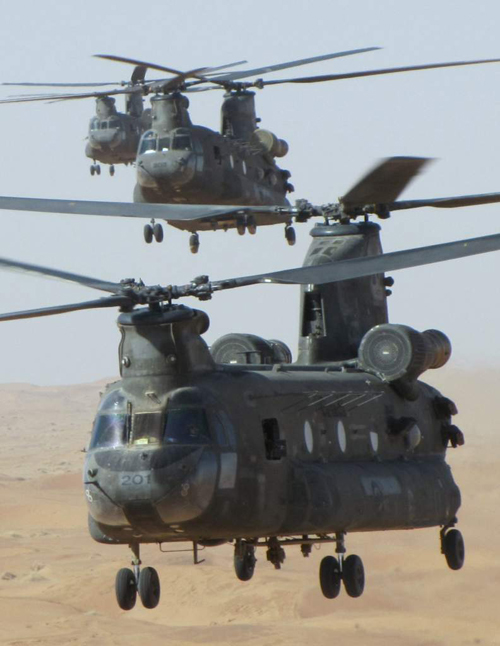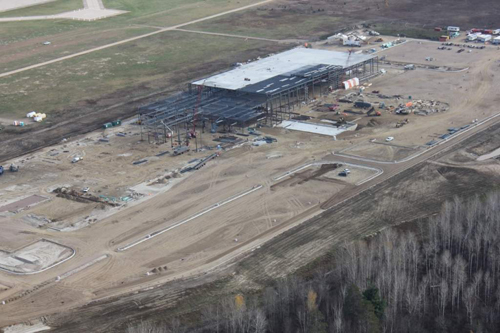CH-147F Chinook procurement project
Project summary
The Government of Canada acquired 15 CH-147F Chinook aircraft. The total estimated cost in 2009 for the project was $5 billion, with $2.3 billion for project acquisition costs, and $2.7 billion for the 20-year in-service support program.
The primary mission of the CH-147F Chinook is the tactical transport of equipment and personnel during domestic or deployed operations. The new Chinooks have been modified to operate with maximum effectiveness in Canada and on Canadian operations, including an increased internal fuel capacity that allows it to fly twice as far as previous models. With this new fleet, the Canadian Armed Forces increase their ability to deploy rapidly, and to perform complex operations both at home and abroad.
The Canadian version of the model-F Chinook is recognized by allies as the most advanced version available, due in part to specific technology developed as a component of this project. Several countries have signaled their interest in purchasing Canada's Chinook configuration. Canada will receive royalties from Boeing for every aircraft sold to international customers following the technology developed as part of this project.
Project phases

Currently in Phase 4: Implementation
1. Identification
1. Identification
- July 25, 2005
2. Options analysis
2. Options analysis
- June 13, 2006
3. Definition
3. Definition
- Project approval: June 22, 2006
- Revised project approval: December 13, 2007
4. Implementation
4. Implementation
- Invitation for bid: July 30, 2007
- Bid evaluation complete: November 23, 2007
- Request for proposal: 2008
- Project approval: June 18, 2009
- Contract award: June 30, 2009
- Contract award for infrastructure: 2010
- First delivery: June 25, 2013
- Initial operational capability: February 9, 2015
- Full operational capability: June 30, 2018
5. Close-out
5. Close-out
- Effective project close-out: June 2019
- Project close-out: 2020
- In order to proceed toward project closeout, the project must deliver critical operational capabilities such as the aircraft self-protection suite and key mission kits.
Learn more about the Defence procurement process
Additional information
Project updates
Project updates
July 2018
Three CH-147F were deployed under OP PRESENCE - Mali in support of the United Nations mission.
March 2018
Functional testing and on-aircraft test procedures (OATPs) of the directional infrared countermeasure (DIRCM) system were successfully completed.
November 2017
On-aircraft performance testing of the Directional Infrared Countermeasure (DIRCM) system was completed.
July – September 2017
Two Chinooks were deployed domestically on Operation LENTUS in support of the fires in British Columbia. The helicopters transported 40,025 lbs of cargo and 121 passengers as part of the aviation task force.
July 2017
One of Canada’s CH-147F Chinook was transported overseas for the first time to take part in the Royal International Air Tattoo (RIAT). In addition to the air show, it carried out flying exercises with the Royal Air Force while it was in the United Kingdom.
May 2017
The Chinook was deployed domestically on Operation LENTUS to assist with flood relief efforts in Quebec. The helicopter assisted with the delivery of 22,000 pounds of sandbags for the construction and reinforcement of dikes.
The prototype installation (phase 1) of the directional infrared countermeasure (DIRCM) system was completed.
February and March 2017
The radar warning receiver testing was successfully conducted on the CH-147F Chinook platform at the Naval Air Weapons Station in China Lake, allowing the test team to gather valuable flight test data and develop better understanding of the aircraft self-defense capability.
May 2016
The Chinook’s first domestic humanitarian deployment was on Operation LENTUS in response to the massive Fort McMurray wildfires. The helicopter delivered 8,200 pounds of food, water, and other items to Fort McKay First Nation.
February 12, 2016
The first CH-147F Chinook pilot, flight engineer and load master graduated from the Garrison Petawawa Operational Training Centre.
June 26, 2015
A dedication ceremony to name the Chinook hangar after First World War flying ace Major Andrew McKeever took place.
April 2015
Two Chinooks were deployed for the first time in response to Kapuskasing floodings.
February 9, 2015
The fleet reached Initial Operational Capability, meaning it was declared available for operational use and deployment in support of a non-combat operation.
November 2014
Canada accepted the Chinook Maintenance Training Suite, enabling the start of CH-147F maintenance training in Garrison Petawawa.
July 3, 2014
The final CH-147F Chinook was delivered, on time and on budget.
June 27, 2013
The first CH-147F Chinook was delivered, on time and on budget. The CH-147F Chinooks are based in Petawawa Garrison.
Ellis-Don won a contract to construct the Squadron facilities and maintenance workshops, as well as CAE and Boeing training schools, back shops and warehouse.
March 2010
CAE won a contract to establish and maintain the operational training system.
August 2009
Boeing won a contract to build the CH-147F Chinook and initial in-service support set up.
June 2006
The Government of Canada announced its plan to acquire a new fleet of medium-to-heavy lift Chinook F-model helicopters to meet the Canadian Armed Forces' rotary-wing transport requirements for the next 20 years. To ensure a fair, open, and transparent process, an Advance Contract Award Notice was published on the Government Electronic Tenders Service (MERX) to give notice to the supplier community of the intent to award a contract to The Boeing Company. Boeing was assessed as being the only compliant supplier.
Benefiting Canadian industry
Benefiting Canadian industry
Industrial and regional benefits:
The Industrial and Regional Benefits (IRB)/Industrial and Technilogical Benefits (ITB) Policy was applied to the acquisition and in-service support (ISS) portions of the contract. The total obligations for the MHLH acquisition and ISS Setup is $1.2 billion. The total estimated obligation for MHLH Sustainment (ISS) is $1.7 billion.
According to the last available IRB report covering February 1, 2016 to January 31, 2017, the combined total of IRB credits achieved is estimated at $939,110,018.00.
For more information, visit the Innovation, Science and Economic Development Canada website:
Medium-to Heavy-Lift Helicopters—Acquisition
Medium-to Heavy-Lift Helicopters—Maintenance
Contractors
Some of the links below lead to external websites that may be available in English only.
Technical information
Technical information
CH-147F Chinook technical specifications
- Length: 15.9 metres (fuselage), 30.18 metres (rotor tip to rotor tip)
- Rotor span: 18.28 metres
- Height: 5.77 metres
- Maximum gross weight: 24,494 kilograms
- Power: 2 Honeywell 55-GA-714A engines, 3,529 kilowatts (4,733 shp)
- Speed: 315 kilometres per hour (at sea level)
- Range: 1,100+ kilometres
- Weapon systems:
- laser-based active missile counter-measure system (to be completed)
- full armour kit
- three defensive machine guns (two forward door guns and one on the aft ramp)
- Equipment:
- extended range fuel tanks
- chaff and flare dispensing system
- radar and laser warning system
- electro-optic/infra-red sensor
- Crew: Up to 5 members according to the mission, including
- 2 Pilots
- 1 Flight Engineer
- 1 Load Master (depending on the mission)
- 1 Door Gunner (depending on the mission)
- Quantity: 15
- Years procured: 2013-2014
- Location: Canadian Armed Forces Base Petawawa, Ontario
Project costs
Project costs
The total estimated cost for the project is $5 billion.
The total project acquisition cost is estimated at $2.3 billion which includes the 15 helicopters, in-service support set-up, equipment procured directly from the U.S. government (Foreign Military Sales cases), new infrastructure in Petawawa, project management costs, and a complete maintenance and aircrew training program, which includes simulation devices and courseware.
The 20-year in-service support program for the helicopters, which includes the training systems and equipment procured directly from the U.S. government (Foreign Military Sales cases), has an estimated value of $2.7 billion.
Issues/Risks
Issues/Risks
N/a
